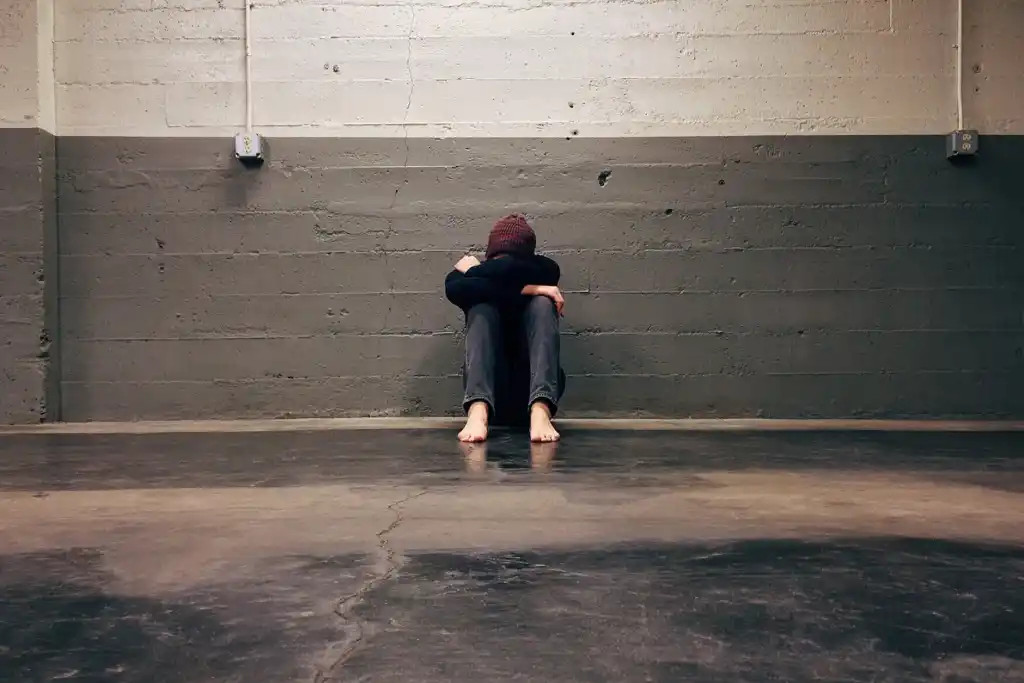Imagine your heart pounding violently in your chest, your breath catching, and an overwhelming sense of doom enveloping you, all without any apparent reason. This terrifying experience is a reality for those suffering from panic disorder. These sudden, intense bouts of fear, known as panic attacks, can strike without warning, leaving individuals feeling vulnerable, confused, and often misunderstood. As a Physician Assistant (PA) who has witnessed the profound impact of this disorder on many lives, I invite you to explore a deeper understanding of panic disorder, its varied symptoms, how it affects patients, the available treatments, associated risks, and the vital role of family and friends in the healing process.

What is Panic Disorder?
Panic disorder is marked by sudden, repeated bouts of intense fear known as panic attacks. These can manifest in various ways and might even resemble other medical issues.
Associated Symptoms and Variability Among Patients
The symptoms of a panic attack can be varied and intense, often striking without warning. They might include:
- Heart palpitations or racing heart
- Shortness of breath or a feeling of choking
- Trembling or shaking
- Dizziness, lightheadedness, or faintness
- Numbness or tingling sensations
- Sweating
- Feelings of doom or fear of death
These symptoms can differ widely among patients, making diagnosis a challenge at times. Additionally, the physical manifestations of a panic attack may closely resemble those of heart disease, thyroid problems, or breathing disorders. This overlap can lead to confusion in diagnosis, emphasizing the importance of a thorough medical evaluation.

How We Treat Panic Disorder
Treatment for panic disorder often involves a combination of therapeutic methods:
- Assessment: Involves careful analysis of symptoms and history.
- Therapy: Cognitive-Behavioral Therapy (CBT) is often used to help understand triggers and develop coping strategies.
- Medication: Selective serotonin reuptake inhibitors (SSRIs) and benzodiazepines may be prescribed. While benzodiazepines can be highly effective in controlling acute symptoms, caution must be exercised due to potential side effects, including dependence and withdrawal symptoms. This class of medications must be managed carefully under the guidance of a healthcare provider.
- Education and Support: Ongoing education and support are crucial components of the treatment plan.
Impact on Patients
The ramifications of panic disorder go beyond the immediate physical symptoms. Many patients describe feeling isolated and misunderstood. The unpredictability of panic attacks can lead to avoidance of social situations, work, or even routine daily activities. This often affects relationships, employment, and overall quality of life.
Without appropriate treatment, panic disorder can lead to other mental health issues like depression or substance abuse. The fear of having panic attacks can also result in agoraphobia, a fear of being in situations where escape might be difficult.

How Loved Ones Can Help
Family and friends play an essential role in the recovery process:
- Understanding and Compassion: Educate yourself about panic disorder and approach your loved one with empathy and support.
- Encourage Professional Help: Encourage the affected individual to seek professional help and attend therapy sessions if necessary.
- Participate in Treatment: Sometimes, family therapy or couple’s therapy may be advised to address the broader impact of the disorder.
- Avoid Negative Reinforcement: Do not enable avoidance behaviors. Encourage your loved one to face fears with proper guidance from a mental health professional.
Conclusion
Panic disorder is a complex and multifaceted mental health issue. The road to recovery involves medical professionals, therapeutic interventions, and strong support systems. As a PA, I have seen the transformation in patients who have received proper treatment and family support. Understanding, empathy, and professional care can lead to a full and satisfying life even with a history of panic disorder.
For further guidance or support, please reach out to mental health professionals in your community. The road to recovery begins with a single step, and there are many skilled individuals ready to help.

